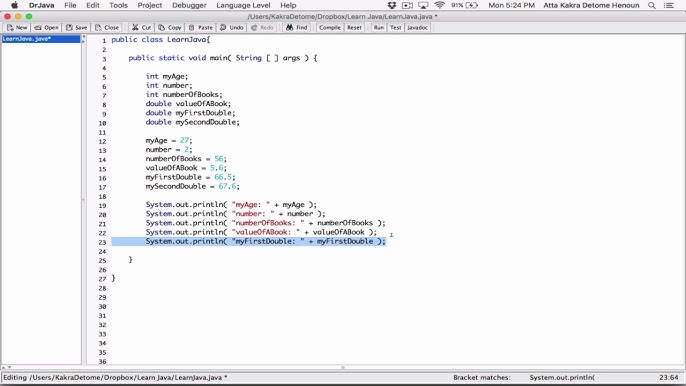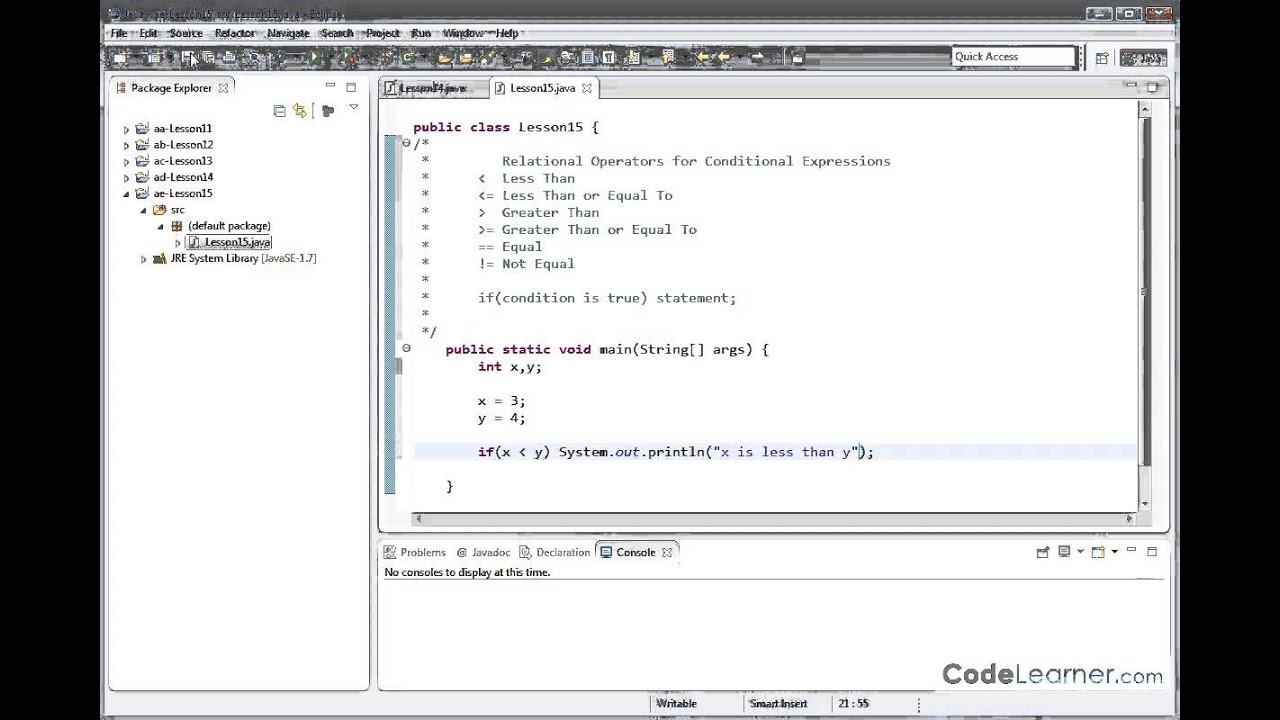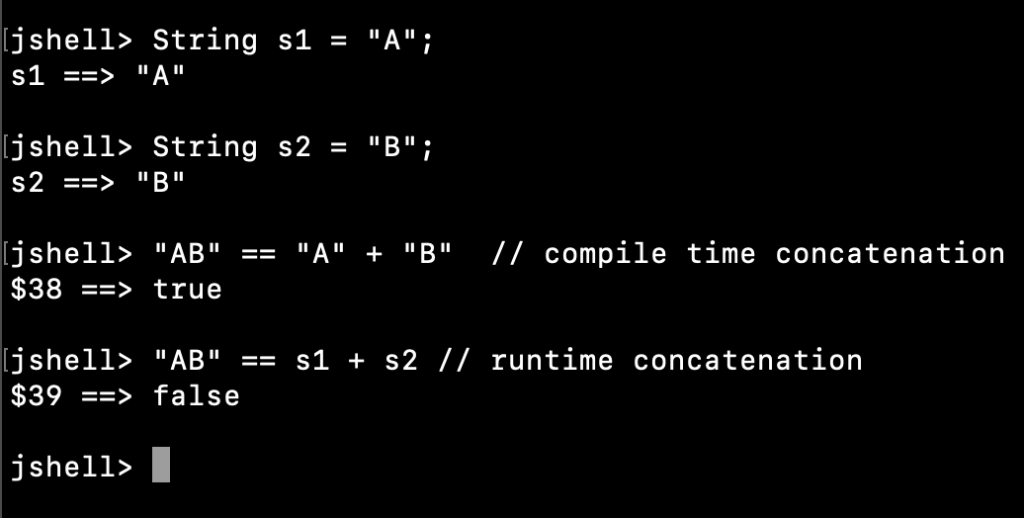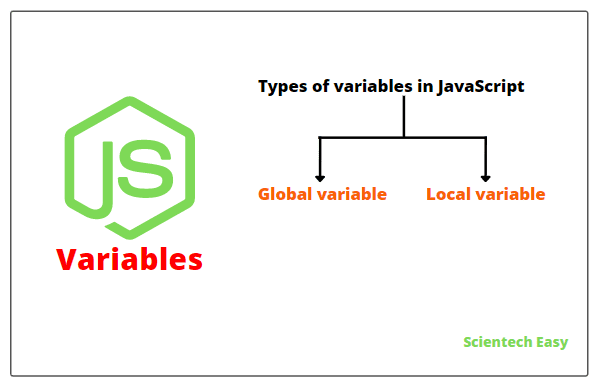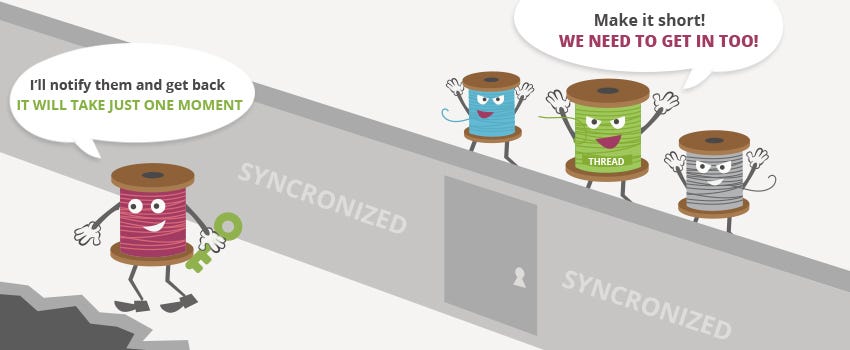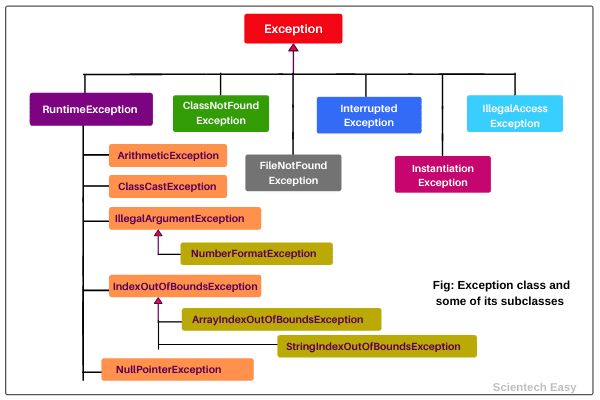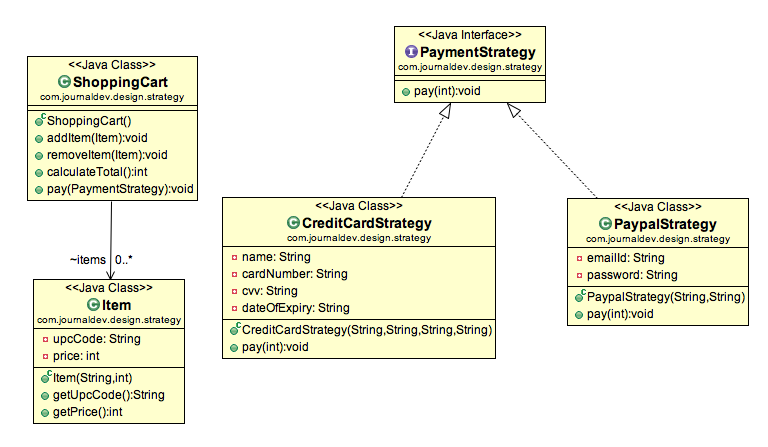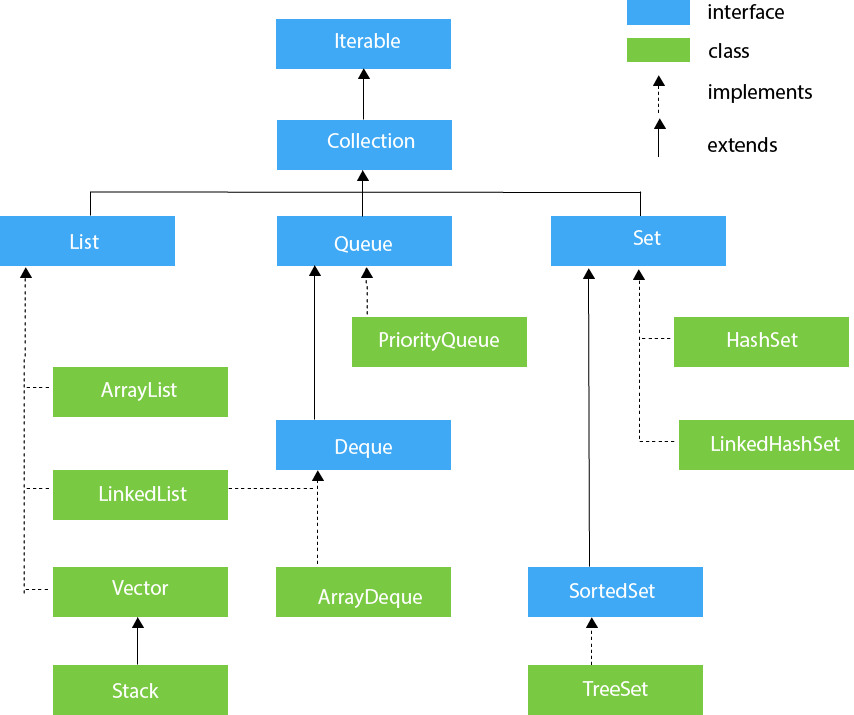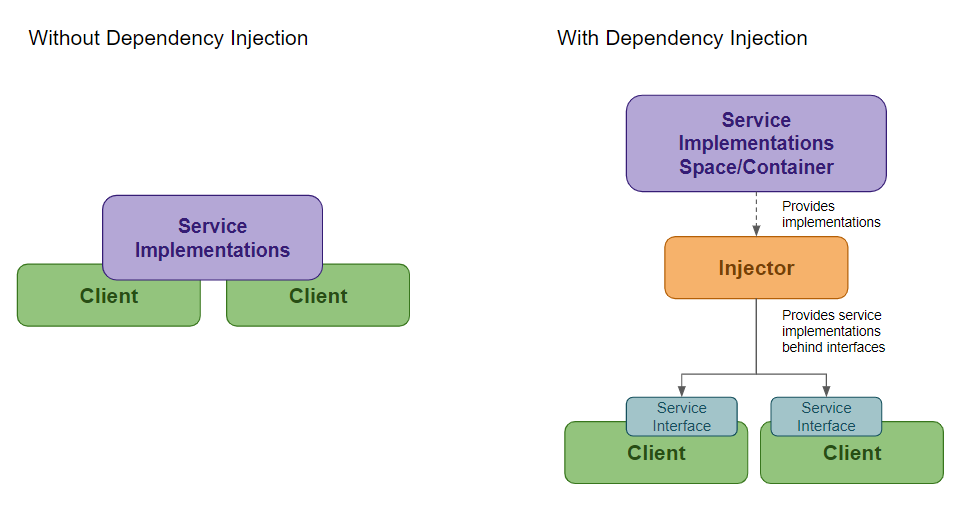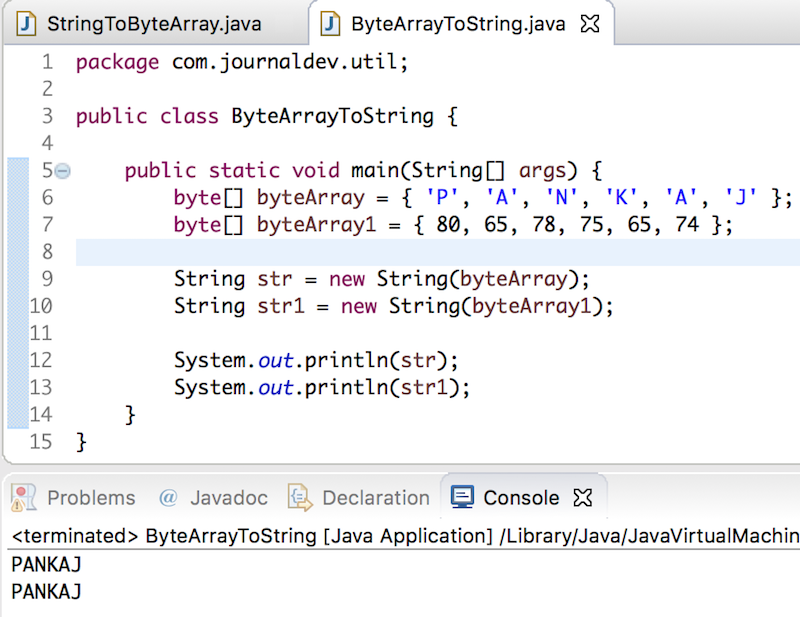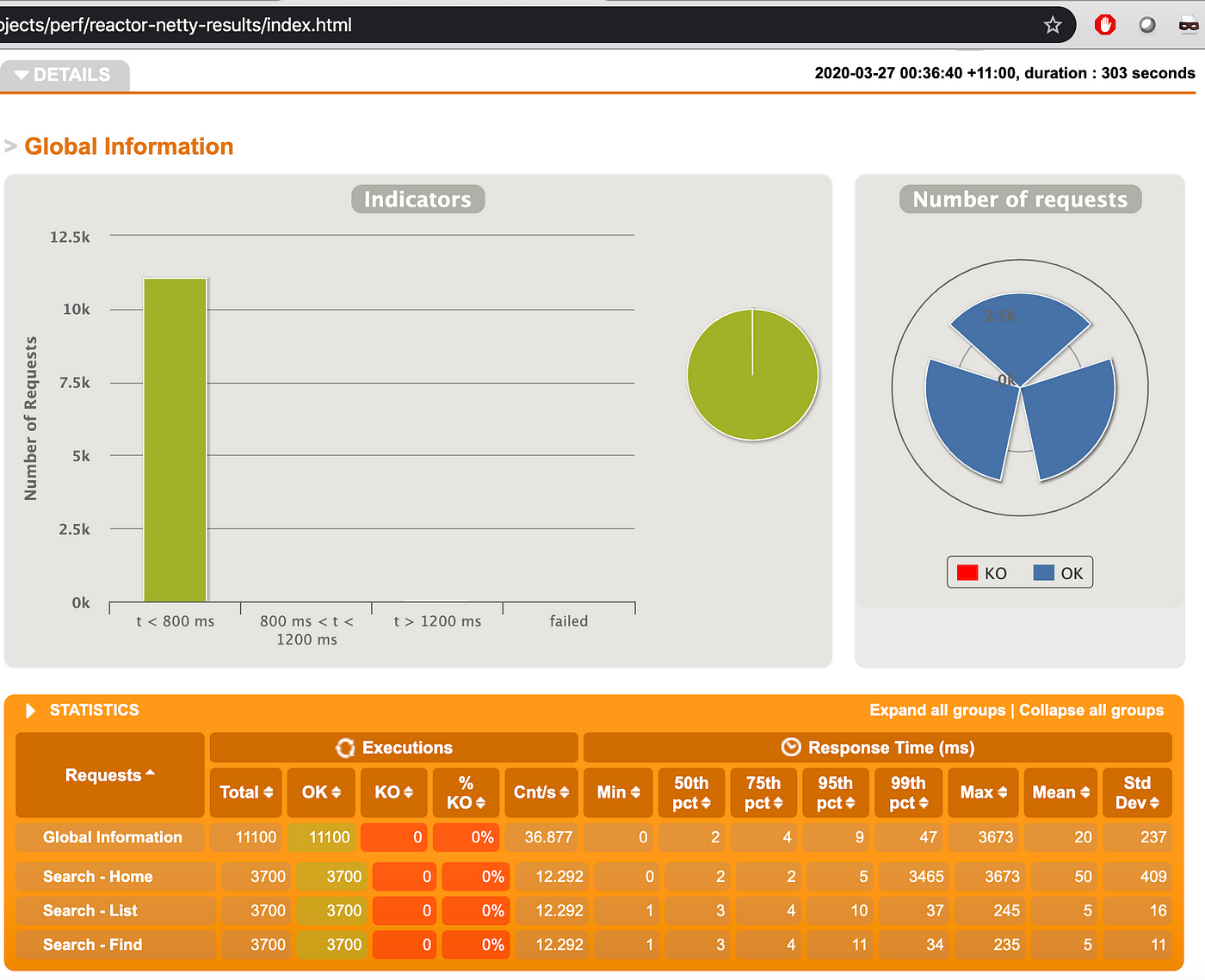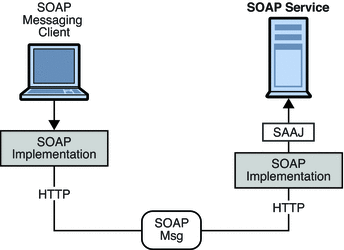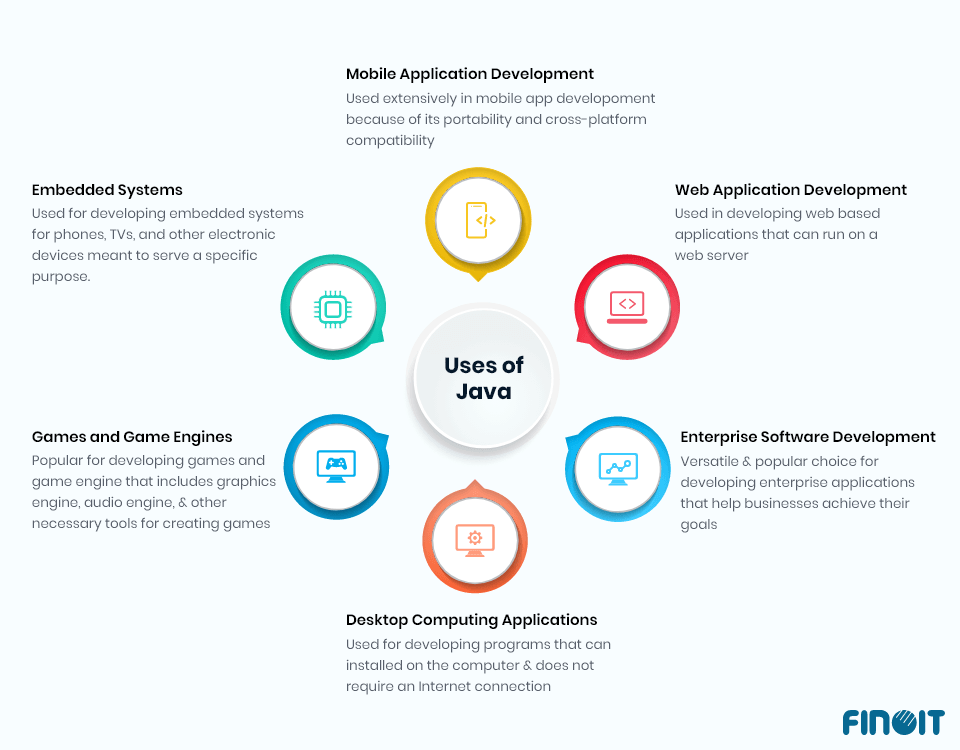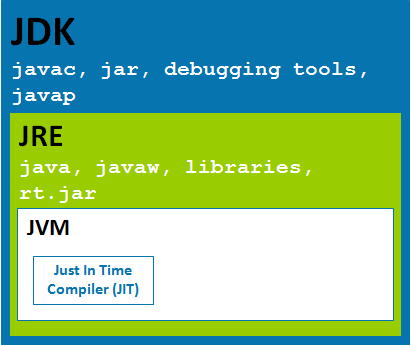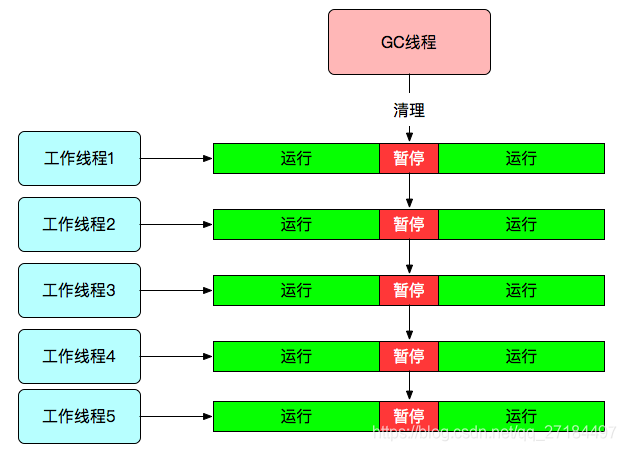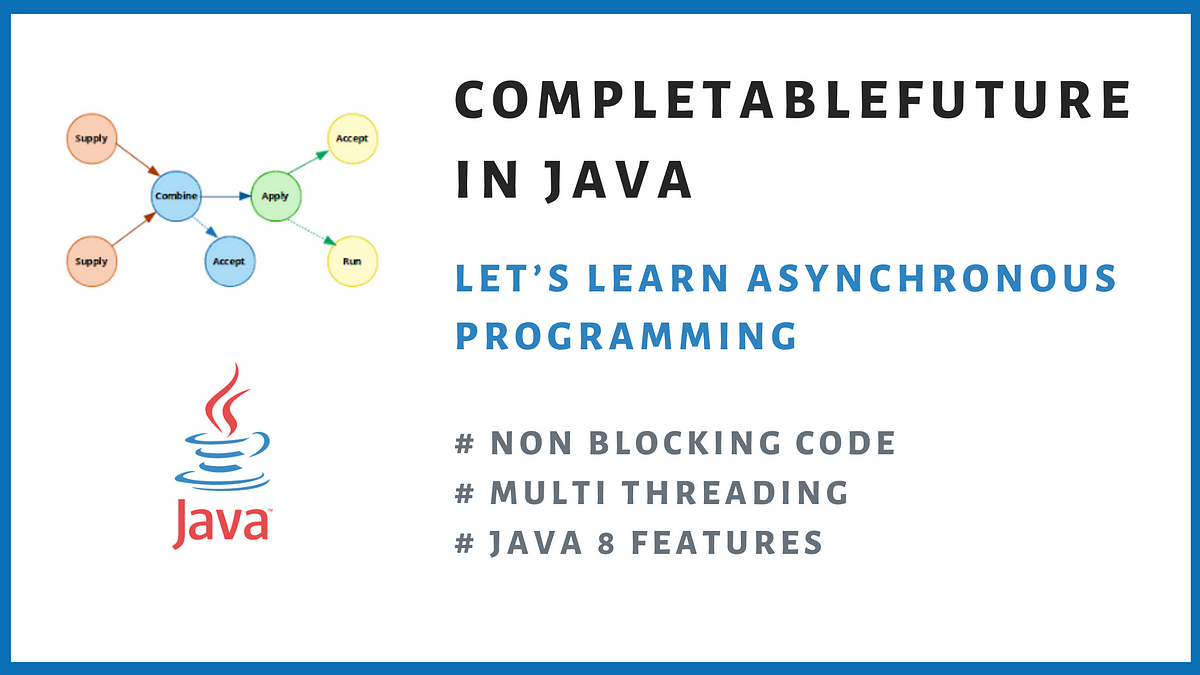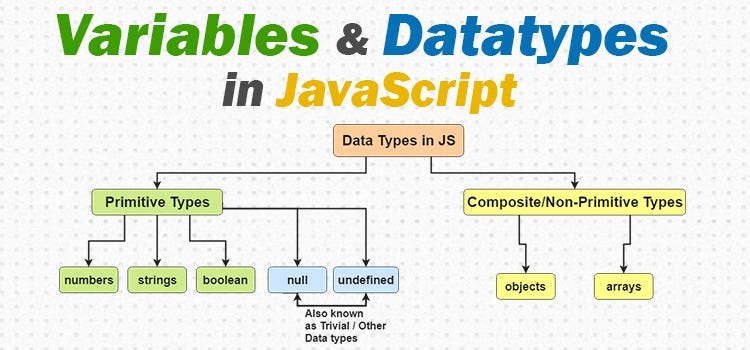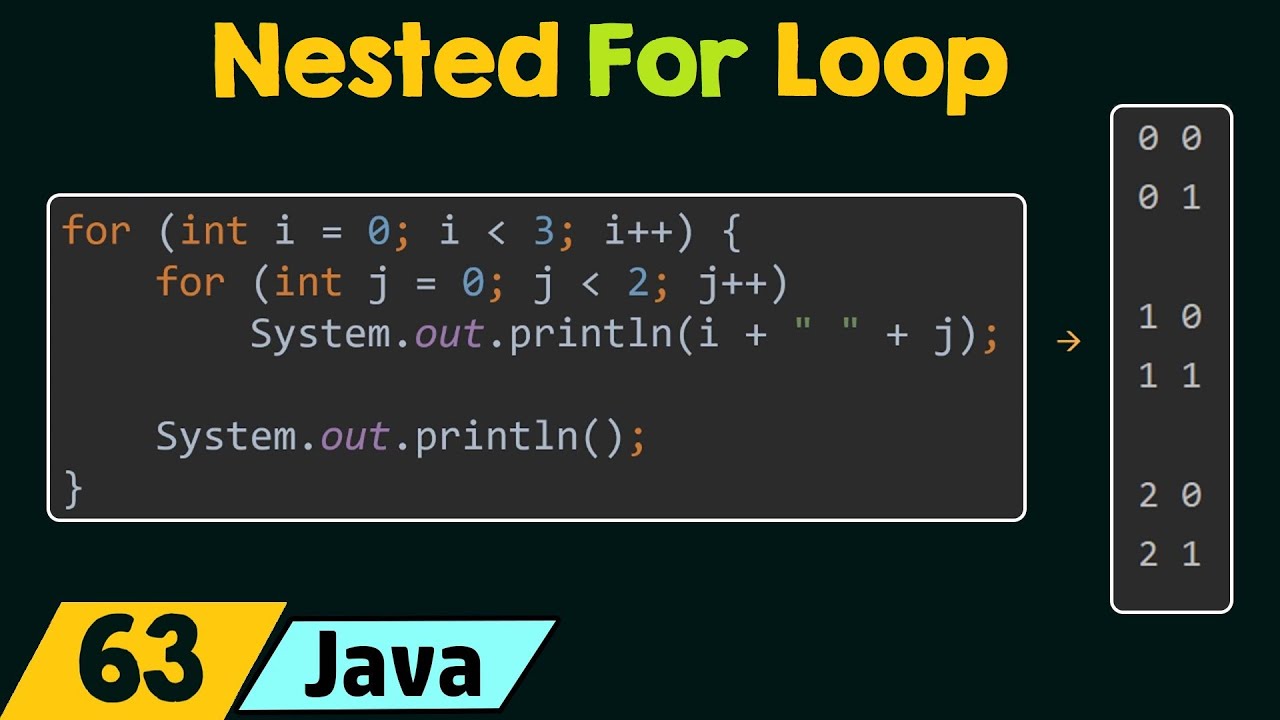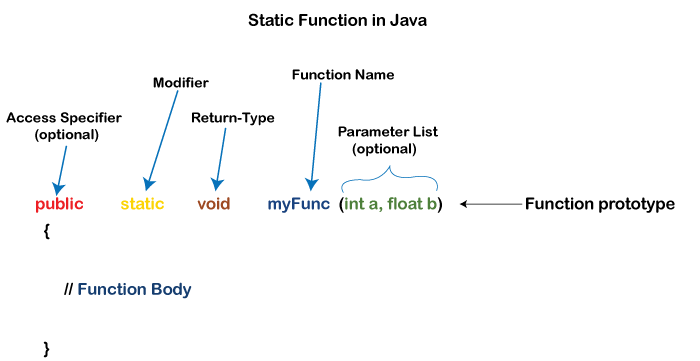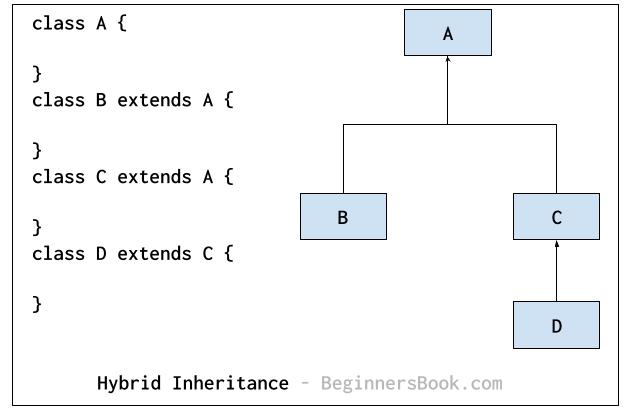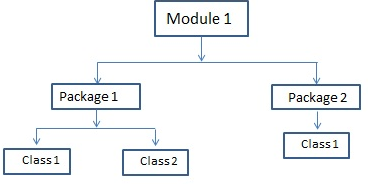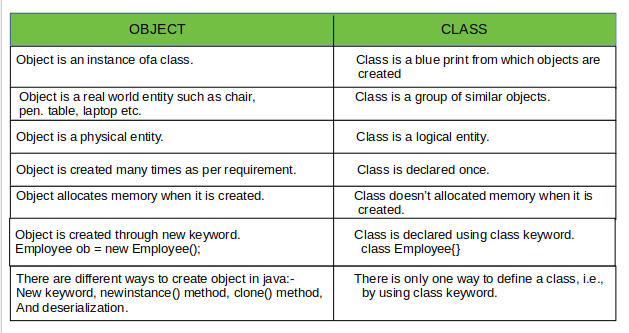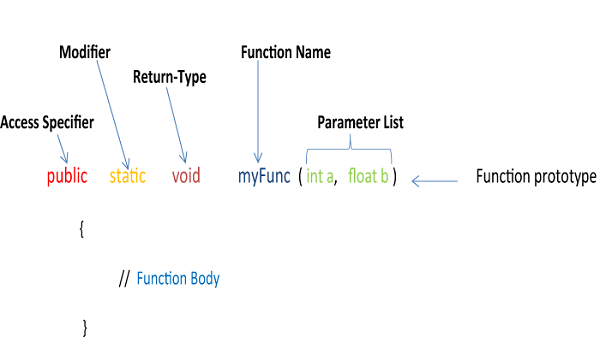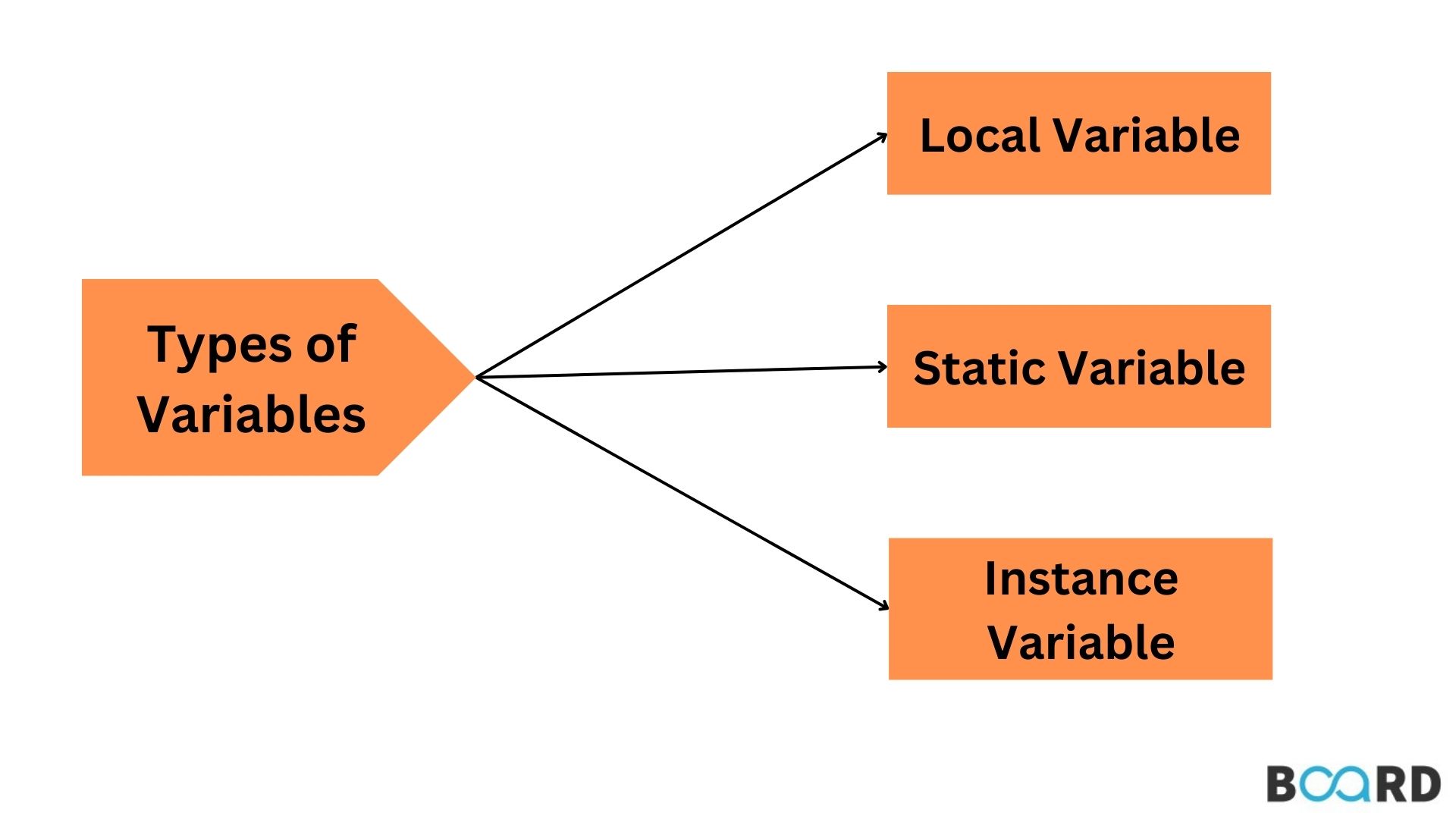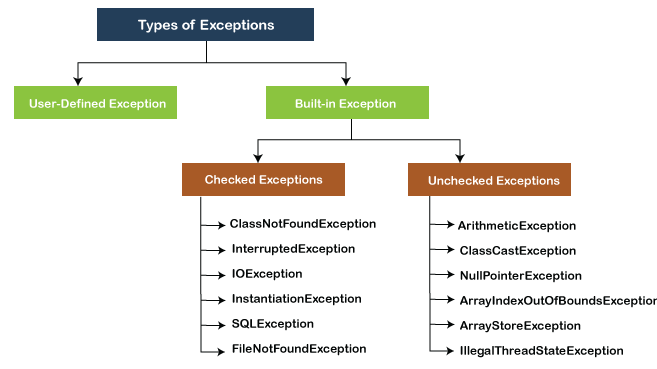Java-rmi github
Java-rmi github
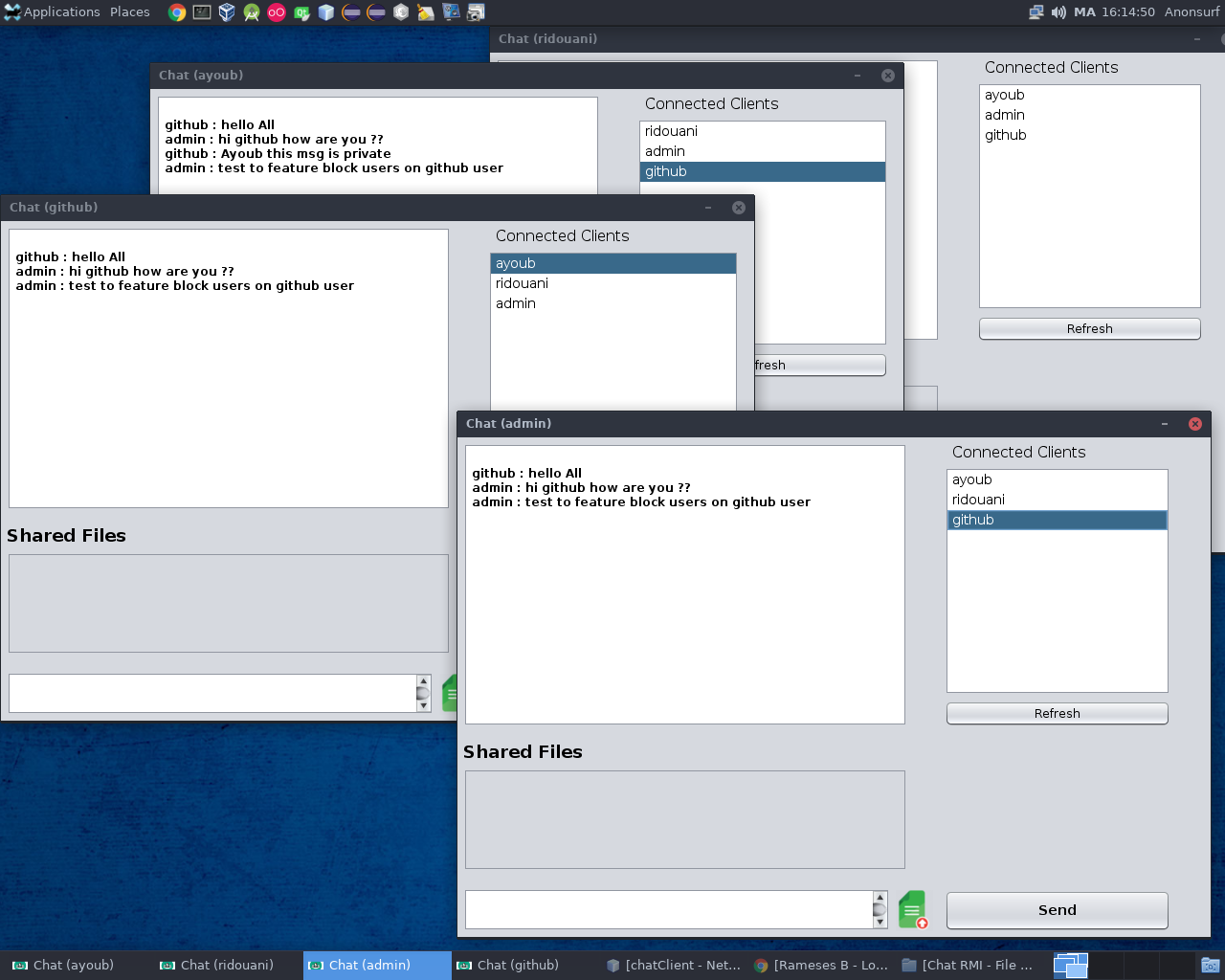
Java RMI (Remote Method Invocation) is a technology that allows you to call methods on objects running on other machines. It's part of the Java API and allows for distributed computing, making it easy to create network-based applications. In this explanation, we'll cover what RMI is, how it works, and provide examples.
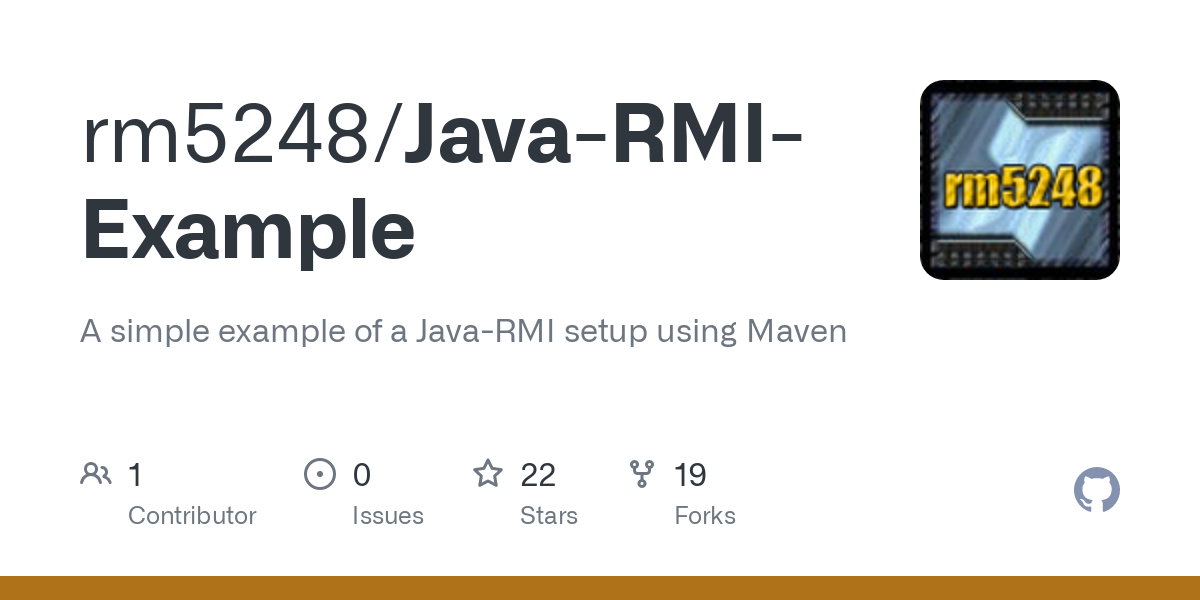
What is Java RMI?
Java RMI is a protocol that enables you to call methods on objects running on other machines. It's a remote procedure call (RPC) mechanism, similar to CORBA or DCOM. With RMI, you can write a program that interacts with other programs or objects across the network.
How does Java RMI work?
Here's how it works:
Remote Object: You create a remote object by extending theUnicastRemoteObject class and implementing the Remote interface. Registry: The remote object registers itself in the registry, which is typically a process that manages all the remote objects.
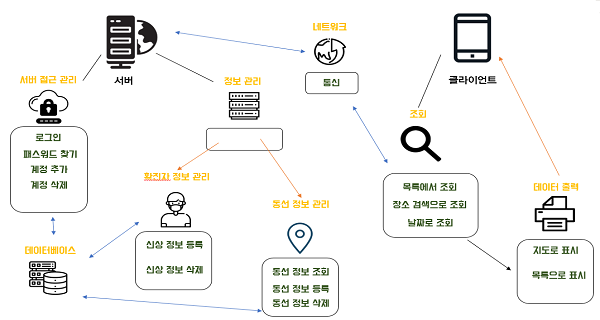
Naming class to locate and get a reference to the remote object's stub (a proxy). Stub: The stub acts as a proxy for the remote object. When you call a method on the stub, it sends a request to the registry, which then directs the request to the actual remote object. Server: On the server side, the actual remote object receives the request and performs the requested action.
Example: Hello World
Let's take an example of creating a simple "Hello, World!" application using RMI.
Remote Object (HelloService): We'll create aHelloService class that extends UnicastRemoteObject. This class implements the HelloServiceRemote interface.
public interface HelloServiceRemote extends Remote {
String sayHello(String name) throws RemoteException;
}
public class HelloService extends UnicastRemoteObject implements HelloServiceRemote {
public HelloService() throws RemoteException { }
public String sayHello(String name) throws RemoteException {
return "Hello, " + name + "!";
}
}
Naming class to register our remote object.
public class Main {
public static void main(String[] args) {
HelloService helloService = new HelloService();
Naming.rebind("hello", helloService);
}
}
Naming to locate and get a reference to the remote object's stub.
public class Client {
public static void main(String[] args) throws RemoteException {
HelloServiceRemote helloService = (HelloServiceRemote) Naming.lookup("hello");
String response = helloService.sayHello("John");
System.out.println(response);
}
}
Conclusion
Java RMI is a powerful technology that allows you to create distributed applications. It's widely used in many industries, such as finance, healthcare, and e-commerce.
In this example, we demonstrated how to use RMI to create a simple "Hello, World!" application. We created a remote object (HelloService), registered it in the registry, and then called its method on the client side.
To learn more about Java RMI, I recommend exploring GitHub repositories related to RMI, such as:
Apache Commons Rmi Java RMI ExampleThese resources will help you dive deeper into the world of Java RMI and explore its capabilities.
Java RMI registry
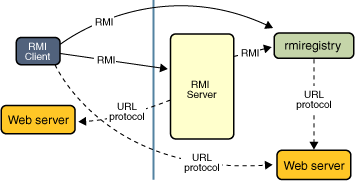
Here is the information about Java Remote Method Invocation (RMI) registry:
What is a Registry?
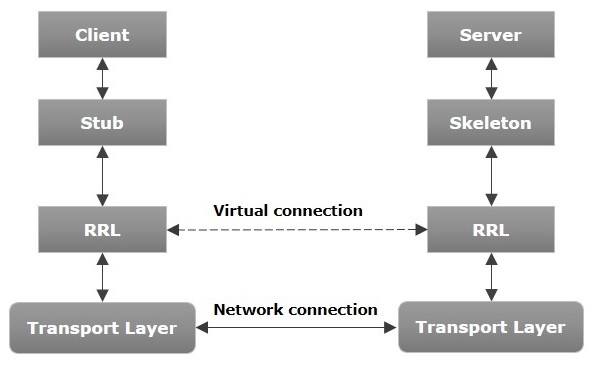
In Java RMI, a registry is a central location where remote objects are registered and can be looked up by clients to access their services. The registry is essentially a directory of available remote objects that provides the necessary information for clients to locate and interact with them.
How does it work?
The RMI registry is implemented as a separate Java process, typically started before any other RMI application. Here's how it works:
Registration: A remote object (server) creates an instance of java.rmi.registry.Registry and registers itself in the registry using therebind() or bind() methods. This provides information about the object, such as its name, type, and location. Lookup: A client uses the lookup() method to search for a remote object in the registry by specifying the desired object's name or interface. Connection establishment: If the lookup is successful, the client establishes a connection with the registered remote object using the RemoteMethodInvoker class.
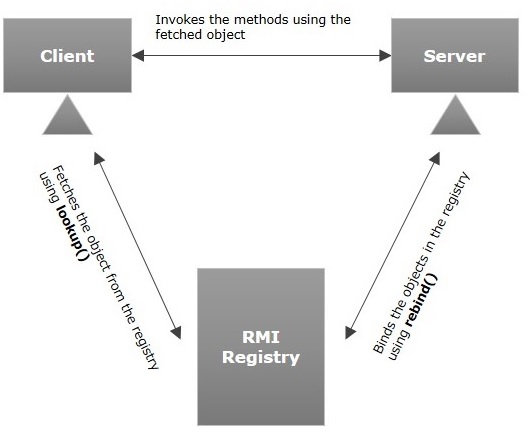
Types of Registries
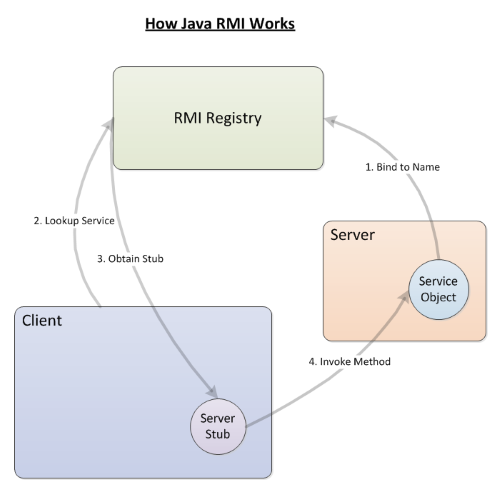
There are two types of RMI registries:
Dynamic registry: A dynamic registry is started on demand by clients and servers as needed. This type of registry is implemented in Java using thejava.rmi.registry.Registry class. Static registry: A static registry is a pre-configured registry that is started before any RMI application. This type of registry can be implemented using a third-party product or by developing your own custom registry.
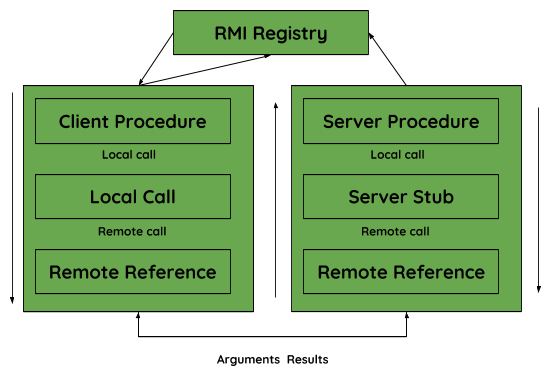
Advantages
The use of a registry provides several benefits, including:
Simplified client programming: Clients do not need to know the details of the remote object's implementation; they only need to know its interface. Fault tolerance: If one server fails, the registry can redirect requests to another available instance of the same remote object. Load balancing: The registry can distribute incoming requests among multiple servers with the same remote object.Conclusion
In conclusion, a Java RMI registry is an essential component that simplifies remote method invocation and provides many benefits, including simplified client programming, fault tolerance, and load balancing. By understanding how registries work, developers can create robust and scalable distributed systems using RMI in Java.
